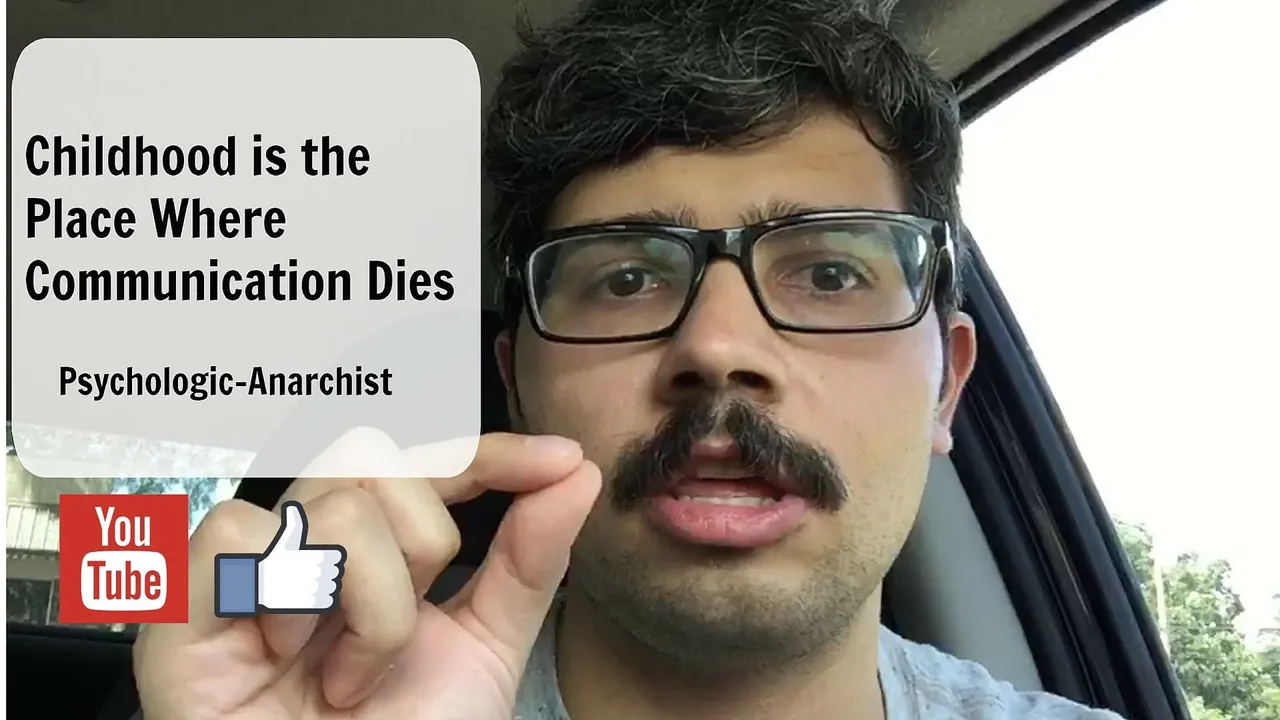
Childhood is the place where communication dies; emotional expression is our first form of connection with others. If it is squelched or mitigated in our youth, it can cause all types of problems. When parents say hurtful things like "Stop crying, or I will give you something to cry about," it harms the emotional literacy of the child and causes long term dysfunction.
"If anything runs contrariwise to compassion, it is the maltreatment of children.
In the soft perspective, children are seen as human. They are not defined as wretched little things. They possess the same dignity as everyone.
Anarchists are correct when they say children have not received true social acceptance. For most of history, children have been seen as unimportant others. It has been acceptable to harm them—and even brutalize them—so long as this brutality falls within the scope of customary standards.
For instance, hitting and emotional abuse toward children has been a culturally sacred ritual, which has not been fully criticized until the modern age. But even this criticism has not taken its final shape until the rise of compassionate anarchism.
These anarchists do not only recognize that spanking and hitting children is bad, but that emotionally tormenting children and preventing them from sharing their feelings can be damaging.
That is why anarchists educate people on what type of harm emotional maltreatment can cause, and hope to show parents that repressing children's inner worlds can cause psychological disruptions that lead to many problems. But this emotional abuse is obviously compounded by physical abuse such as spanking.
Children are precious and beautiful. And it's my hope that we can all respect and appreciate them with utmost compassion. If anyone deserves it, it is the children.
May they retain their innocence and love."
www.psychologic-anarchist.com ■ Subscribe
https://www.facebook.com/psychologicanarchist ■ Follow
► Watch on DTube
► Watch Source (IPFS)